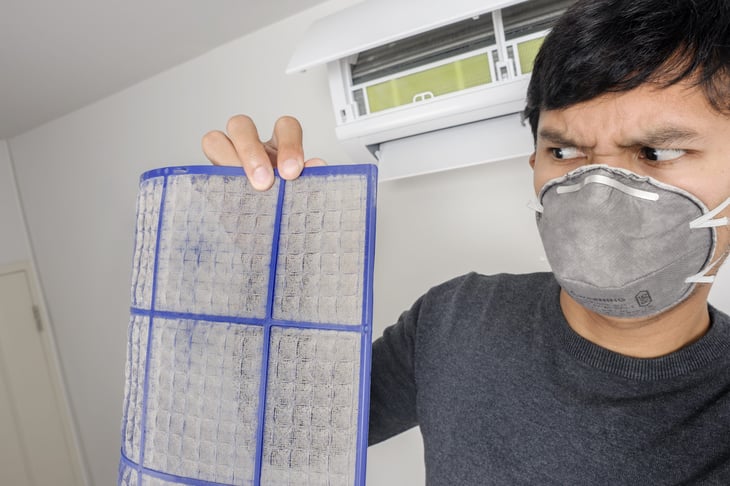
Keeping your home feeling comfortable is expensive.
Heating your living space accounts for about 43% of a home’s energy bills, on average, and air conditioning eats up an additional 8%, according to the U.S. Energy Information Administration.
Bills can vary greatly, of course, depending on your home, fuel type and the weather in your part of the country. Your costs could be higher, especially if you are neglecting easy, low-cost adjustments and maintenance tasks that can run up your energy bill in no time.
Here are mistakes that can cause your bill to rise — and suggestions for how to cut energy consumption on heating and cooling for a big payoff.
1. Neglecting to program the thermostat

Save up to 10% a year by turning your thermostat 7 to 10 degrees up or down from its normal setting — depending on the season — for eight hours a day, such as during periods when you are away or asleep, says Energy.gov. The smaller the difference between indoor and outdoor temperatures, the lower your overall heating or cooling bill will be.
Or just set and forget temperatures by using a programmable thermostat.
2. Using hot water for laundry
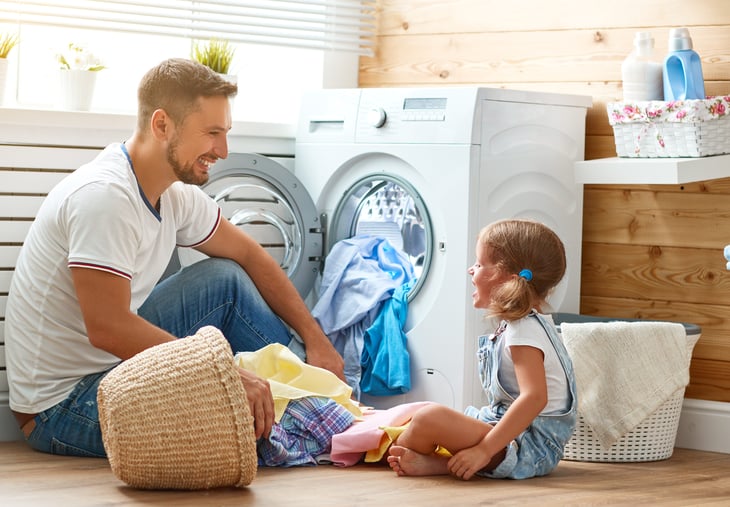
Use cold water instead of hot to do your laundry. Many laundry loads can be done with cold water for the wash and rinse cycle. There may be times when you need hot water for the wash cycle, but you can always switch to cold water for the rinse.
3. Using older, inefficient lightbulbs
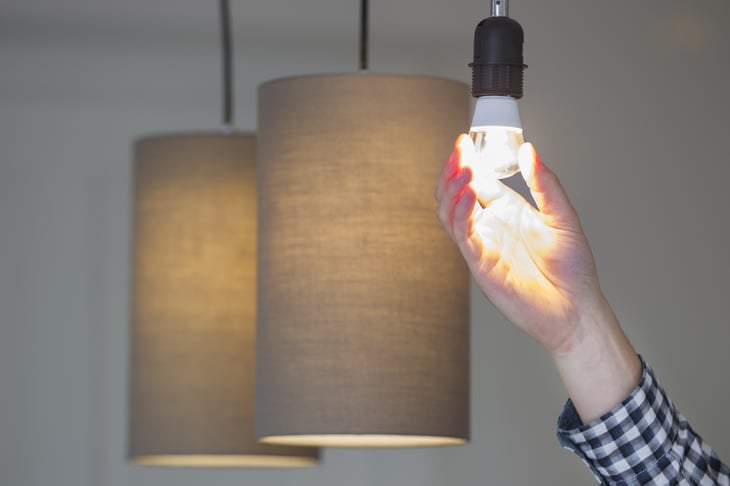
LED lightbulbs won’t help with home heating costs, but they sure will make a difference in your electric bills for lighting. According to the U.S. Department of Energy:
“Residential LEDs — especially ENERGY STAR rated products — use at least 75% less energy, and last 25 times longer, than incandescent lighting. Widespread use of LED lighting has the greatest potential impact on energy savings in the United States.”
4. Failing to ‘shrink-wrap’ windows
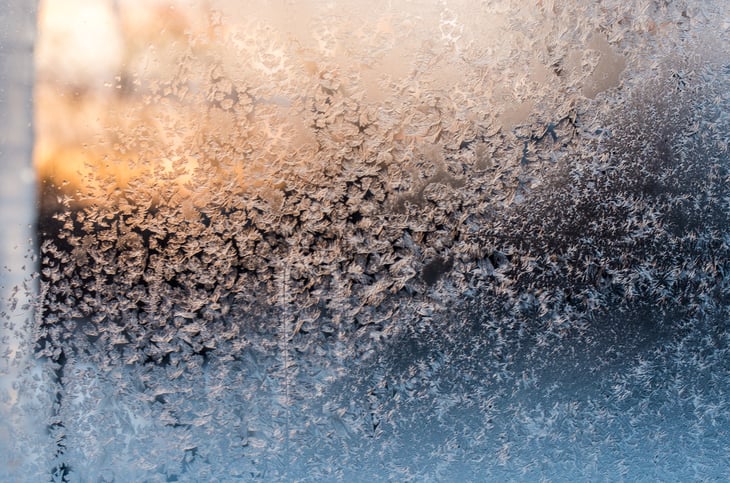
Windows — especially inefficient windows — account for a large proportion of the heat that escapes from your home when warm air is lost to the cold glass. According to Energy.gov:
“Heat gain and heat loss through windows are responsible for 25%-30% of residential heating and cooling energy use.”
Yet replacing windows — or even adding energy-efficient honeycomb shades or thermal-lined draperies — can be prohibitively expensive.
One cheap way to reduce heat loss is to install window film designed for this purpose. It resembles plastic wrap and helps retain heat indoors during the winter. Apply it to the inside of the glass. See Lowe’s website for application instructions.
If keeping your home cool is a bigger concern, there is also heat-control window film. Lowe’s explains:
“It reflects the sun’s heat, helping reduce your home’s overall heat gain. As a result, your home feels cooler and your air conditioner runs less.”
5. Setting the water heater too high
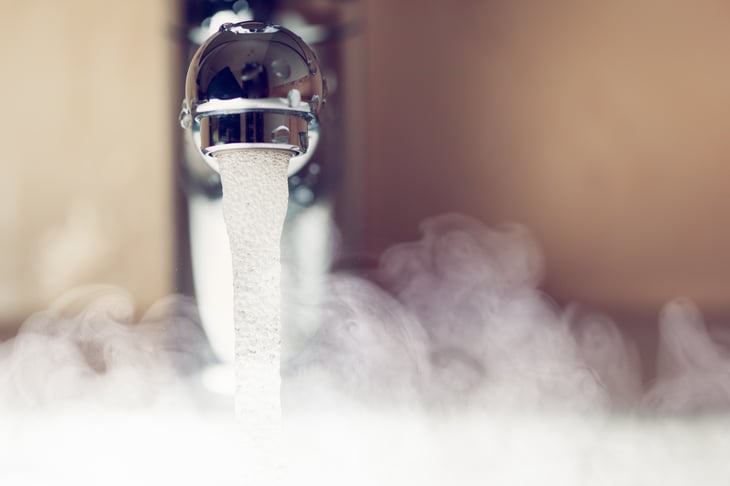
Hot water is a big energy user. The U.S. Department of Energy recommends keeping your water heater’s thermostat set at 120 degrees Fahrenheit. Anything higher is unnecessary. Water that’s too hot can even be dangerous.
6. Ignoring cracks and leaks
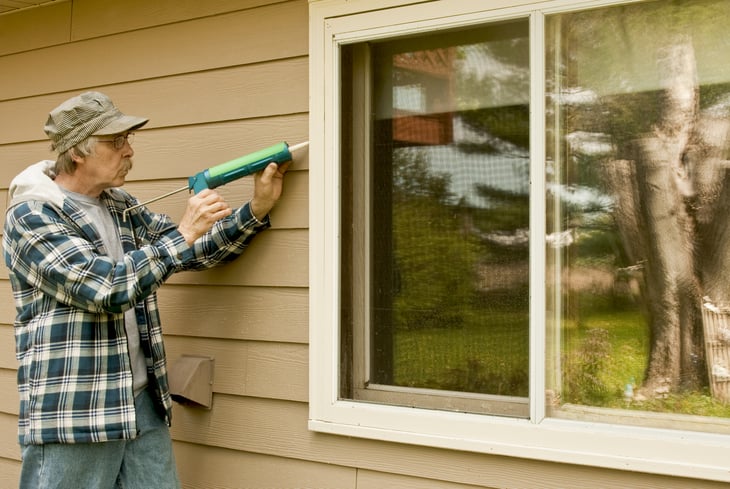
There are many places where air can seep into or out of a house, allowing cold air to creep in during the winter and cooled air to leak out during the summer.
So, before it gets too cold this fall, thoroughly check the interior and exterior of your home for cracks and gaps, paying particular attention to areas around chimneys, furnace flues, pipes, electrical outlets, windows and doors.
Fill small leaks with caulk. The Department of Energy explains how to caulk leaks the right way.
7. Missing the big gaps
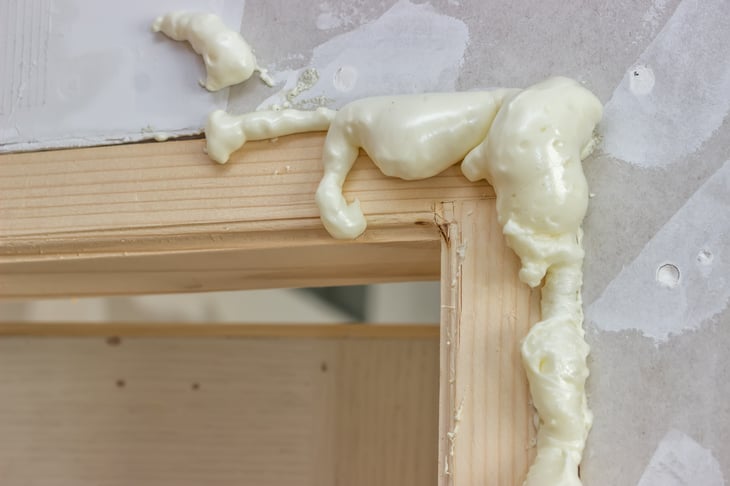
Use spray foam — find it in cans at the hardware store — to close up openings that are too big to be sealed with caulk. Energy.gov, in instructions on sealing a home’s air leaks, says:
“Use foam sealant on larger gaps around windows, baseboards, and other places where air may leak out.”
8. Skipping insulation on the attic door
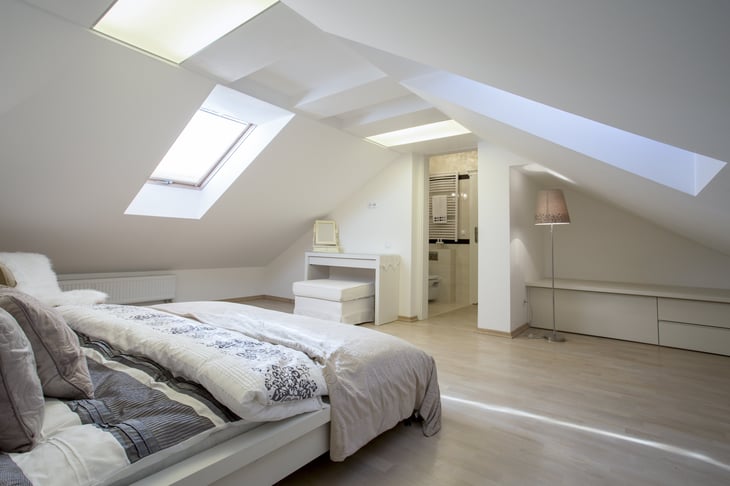
Even if your attic is insulated, it’s easy to overlook the attic door. Add a layer of insulation to the inside of the door to prevent expensively heated air from rising from living spaces into the attic.
9. Leaving the damper open
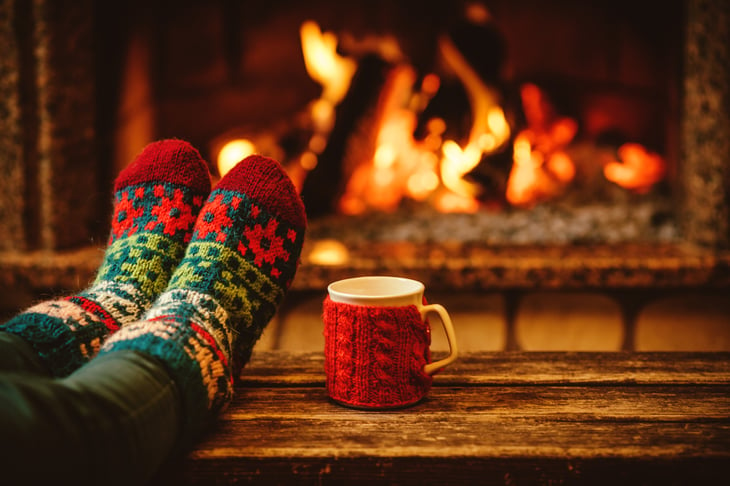
Enjoy the fireplace. But when you are not using it, keep the damper closed so your expensively heated interior air doesn’t escape up the chimney.
10. Using a ceiling fan incorrectly
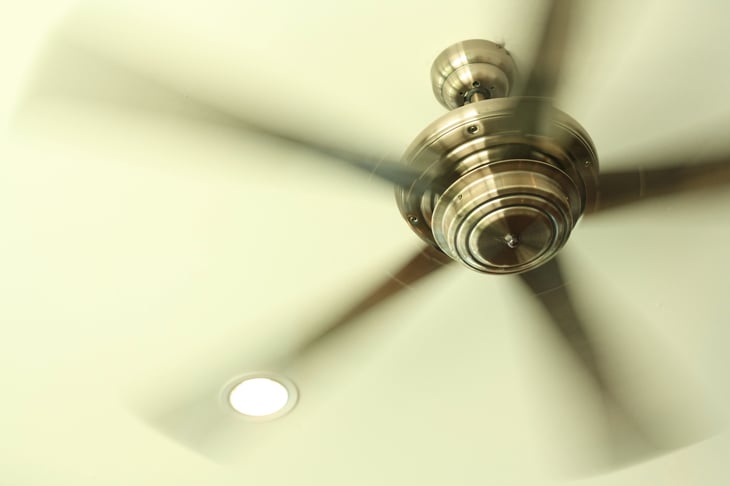
Using ceiling fans in summer can keep you cool. They also can help keep you warmer in winter. But that won’t work unless you set the fan correctly.
Most ceiling fans have a switch so you can change the direction the blades rotate. In winter, you want to push warm air near the ceiling down toward the floor so you stay warmer. In summer, the fan blades can be set to do the reverse.
Find the switch on the body of your fan. In winter, set the blades to turn clockwise. In summer, reverse the direction so the blades move in a counter-clockwise direction, Home Depot explains.
Since fans consume electricity, turn them off when you leave the room.
11. Ignoring dirty air conditioner filters
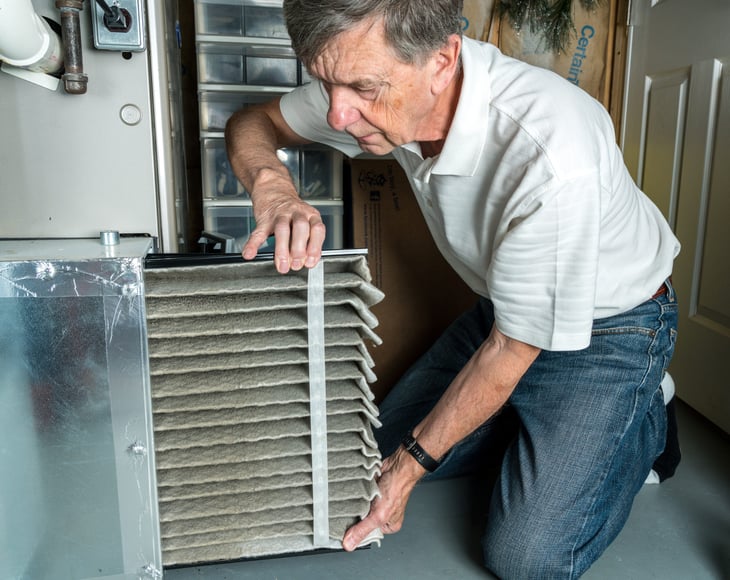
Your air conditioner works overtime to keep you cool when outdoor temperatures rise. Return the favor by keeping it working efficiently. The bonus: An efficient HVAC system keeps your energy bills down.
Changing the air conditioner filter is probably the easiest form of air-conditioning maintenance. The filters should be replaced every month or two during the cooling season so your A/C runs smoothly, says the U.S. Department of Energy.
You can order replacement A/C filters online.
12. Failing to insulate the water heater
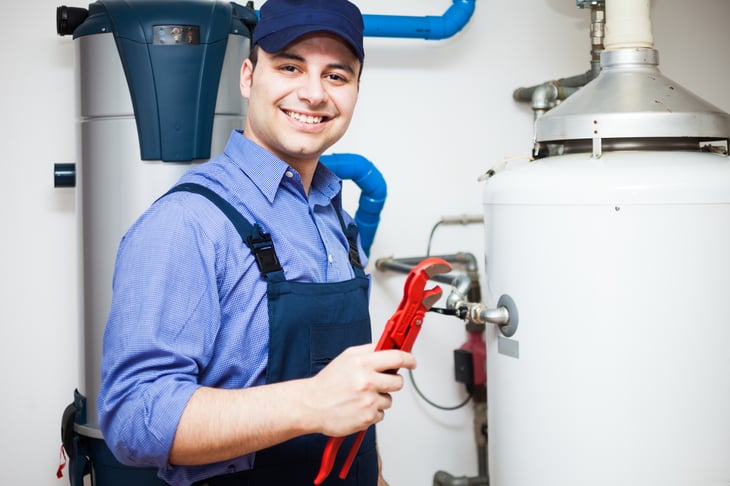
Wrap older water heaters in an insulating jacket to keep the heat from radiating out. This project requires a mere 1½ hours and $20 to $30, but it can save you 7% to 16% in energy costs each year, says the Department of Energy.
13. Not insulating hot water pipes
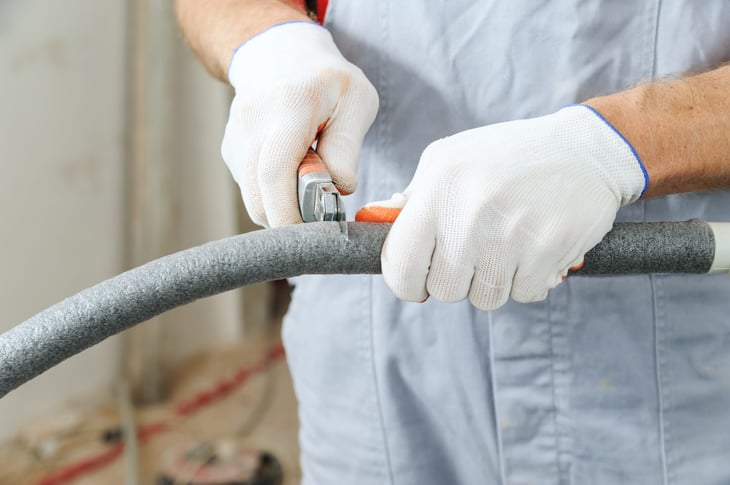
Insulating the hot water pipes that run from your water heater to your home’s interior can raise your water temperature by 2 to 4 degrees compared with uninsulated pipes.
Insulating the pipes reduces heat loss and lets you lower the water temperature setting, saving energy, as Energy.gov explains in instructions on insulating pipes.
14. Overlooking door sweeps
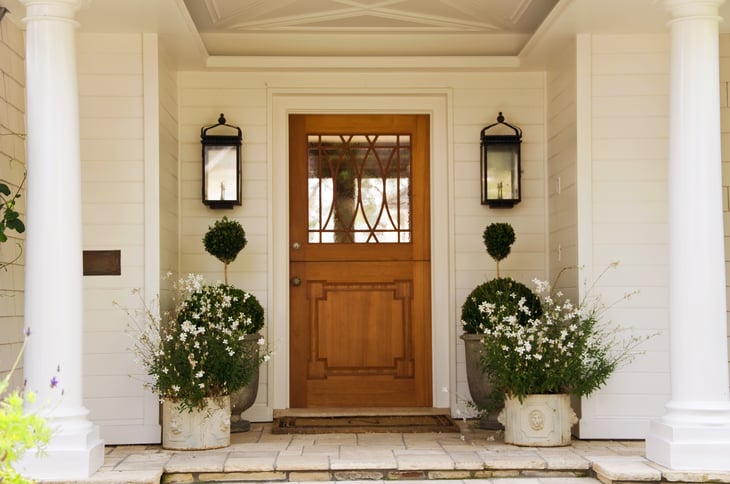
You can prevent cold drafts of air from blowing in by installing a door sweep at the bottom of exterior doors.
Some utility companies offer them free to customers, so call to inquire before you buy one.
15. Skipping weatherstripping
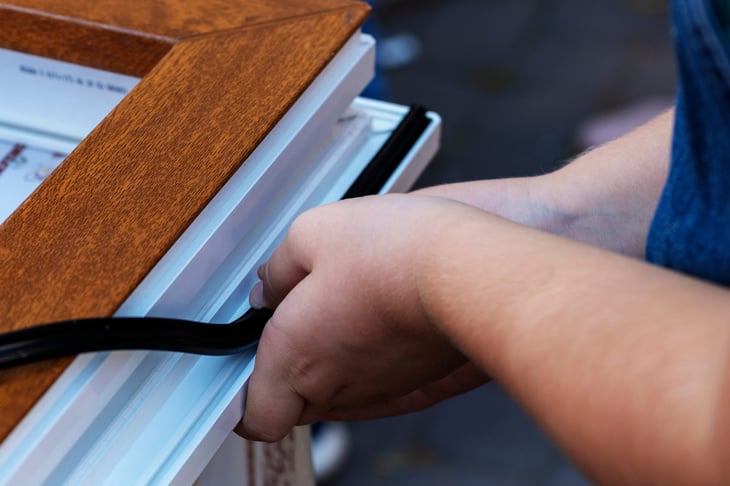
Installing weatherstripping around the edges of windows and doors is another way to plug chilly leaks from outside during the winter and keep cool air inside during the summer.
Home improvement TV show host Bob Vila explains how to apply weatherstripping to doors. Lowe’s shows how to apply it to windows.
16. Not using drapes correctly
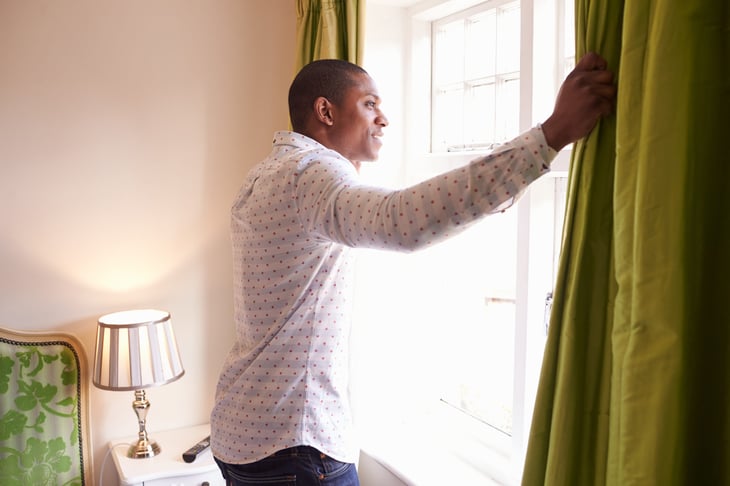
Here’s a simple fix for the wintertime: Reduce heat loss by keeping drapes closed at night, or when the sun is not streaming in. When it’s sunny, open your blinds or drapes and let the sun’s warmth pour into your home. The opposite tactic in the summertime, closing curtains when the sun is beating down, lets your air conditioner work less hard.
17. Not sealing the heat ducts
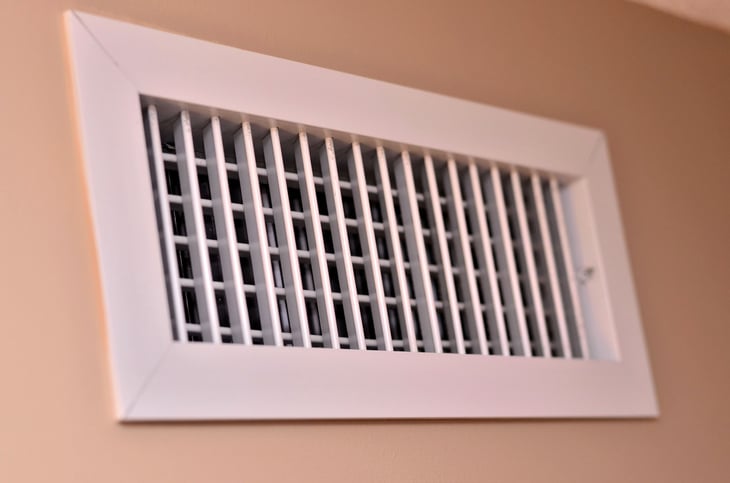
Sealing air ducts so they don’t leak is especially important if the ducts are in an unconditioned attic or vented crawlspace.
Minor duct repairs are easy to make, says Energy.gov. But “qualified professionals should seal and insulate ducts in unconditioned spaces to ensure the use of appropriate sealing materials.”
18. Not insulating the basement
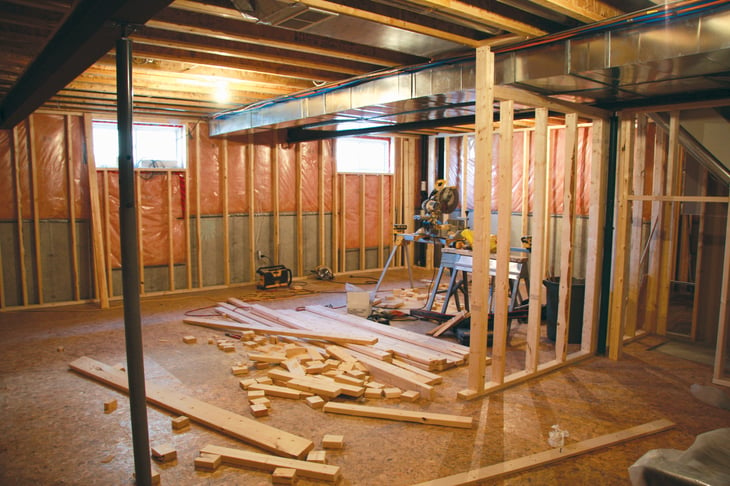
Up to 30% of a home’s heat loss can be due to an uninsulated basement, says HouseLogic. The site says you can insulate in one of two ways:
- Treat the basement like an outdoor space by insulating only the basement ceiling, which prevents the home’s heat from escaping into the cold basement.
- Treat the basement like a room in the home, insulating the walls instead of the ceiling. As a bonus, you gain more living area by insulating and enclosing walls.
19. Overlooking electrical outlets
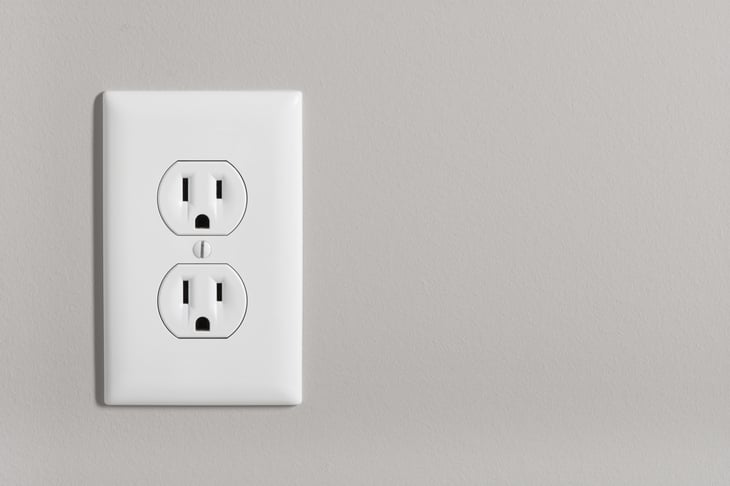
Here’s a surprise: Electric outlets, switches and electrical boxes can be sources of air leaks. The solution: Insulate them and seal leaks. Family Handyman shows how to do this with illustrated instructions.
At a minimum, add premade foam gaskets to your wall outlets. Measure the outlet before you purchase and remember to turn off the power at the circuit breaker box when you do this job.
Also, easily removable child-safety plugs placed in unused wall outlets can help plug leaky areas.
20. Forgetting air conditioner condensation lines
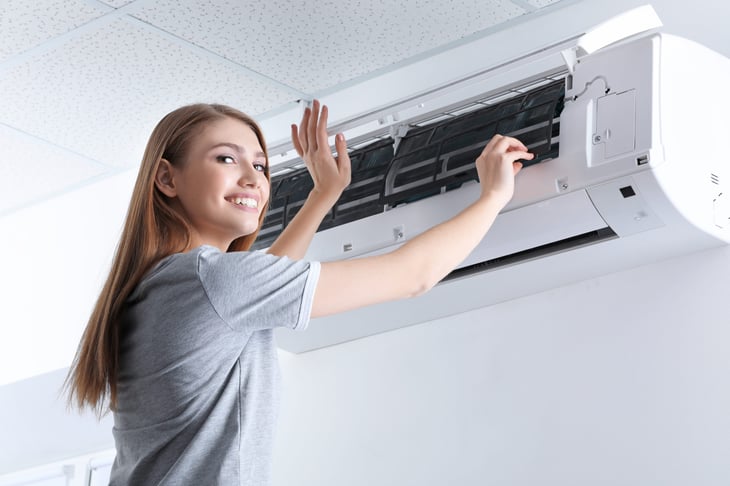
The pipe that carries condensation away from your air conditioner can get clogged. If the pipe becomes clogged, it could back up into the air conditioner — or into your house — and you’ll have a messy problem and a big repair bill.
To combat this, locate where the pipe drains out and make sure it’s draining properly. Energy.gov tells how to clean the lines or coils and other parts.
21. Failing to clean outdoor air conditioner units
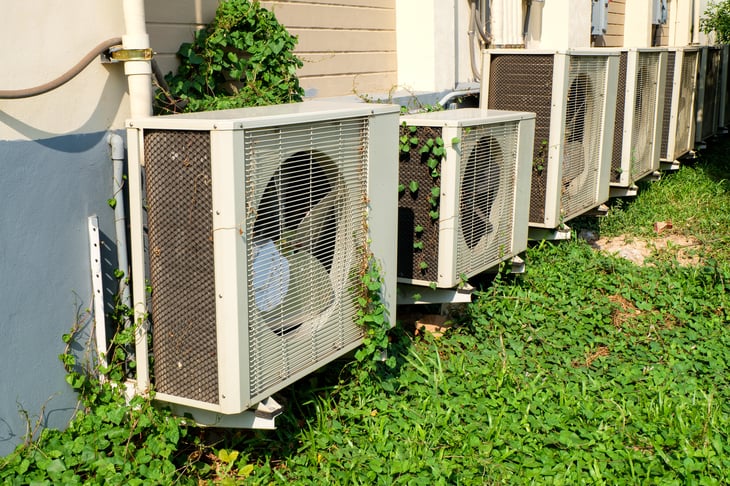
During the summer, check your unit outdoors for debris at least once a month. Plants, leaves, high grass and other debris located close to your outside unit can reduce your A/C’s performance.
Before you start running your A/C again after the winter, cut the grass, clean out any debris and consider removing plants that block the unit.
22. Neglecting air conditioner fins
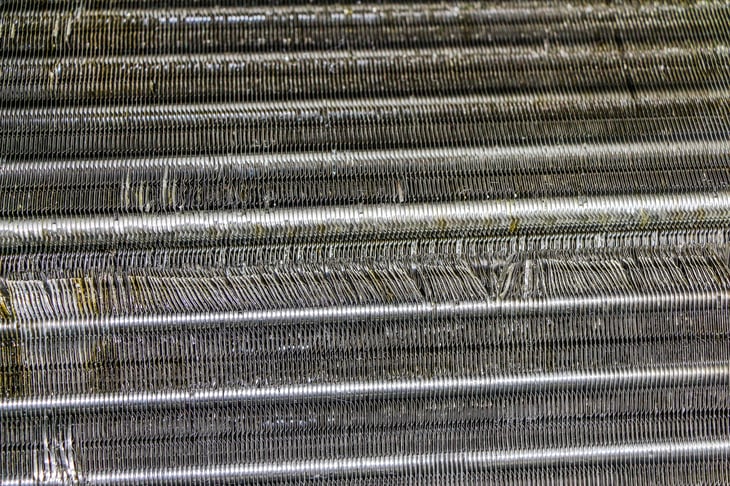
Cleaning the fins on an outside unit will help your A/C run better. Dirty fins can be cleaned — and damaged ones can be straightened out — with a tool called an A/C fin comb or fin straightener.